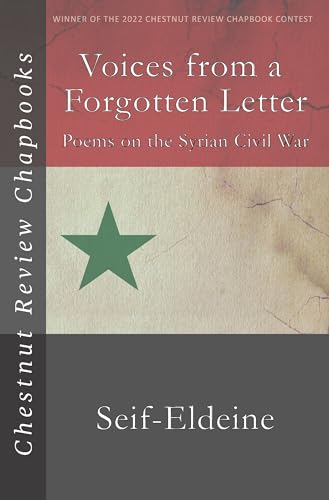The Vijayanagara Empire Kannada: ವಿಜಯನಗರ ಸಾಮ್ರಾಜ್ಯ Vijayanagara Sāmrājya, Telugu: విజయనగర సామ్రాజ్యము Vijayanagara Sāmrājyamu, referred as the Kingdom of Bisnaga by the Portuguese, was a South Indian empire based in the Deccan Plateau. Established in 1336 by Harihara I and his brother Bukka Raya I. The empire rose to prominence as a culmination of attempts by the southern powers against Islamic invasions by the end of the 13th century. It lasted until 1646 although its power declined after a major military defeat in 1565 by the Deccan sultanates. The empire is named after its capital city of Vijayanagara, whose impressive ruins surround modern Hampi, now a World Heritage Site in modern Karnataka, India. The writings of medieval European travelers such as Domingo Paes, Fernão Nunes and Niccolò Da Conti and the literature in local vernaculars provide crucial information about its history. Archaeological excavations at Vijayanagara have revealed the empire\'s power and wealth.
The empire\'s legacy includes many monuments spread over South India, the best known being the group at Hampi. The previous temple building traditions in South India came together in the Vijayanagara Architecture style. The mingling of all faiths and vernaculars inspired architectural innovation of Hindu temple construction, first in the Deccan and later in the Dravidian idioms using the local granite. Secular royal structures show the influence of the Northern Deccan Sultanate architecture. Efficient administration and vigorous overseas trade brought new technologies like water management systems for irrigation. The empire\'s patronage enabled fine arts and literature to reach new heights in the languages of Kannada, Telugu, Tamil and Sanskrit, while Carnatic music evolved into its current form. The Vijayanagara Empire created an epoch in South Indian history that transcended regionalism by promoting Hinduism as a unifying factor.


